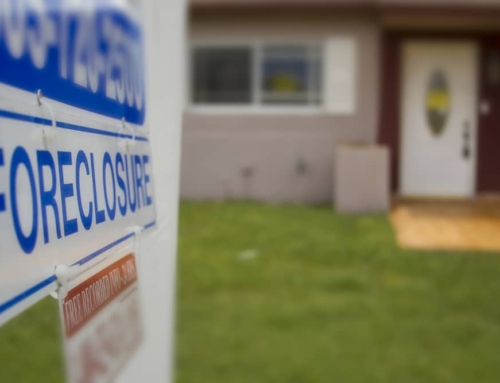How do you keep it all straight? That’s what buyers, dizzy from a whirlwind of showings, ask themselves.
It’s difficult enough to keep a couple of homes (and their corresponding details) straight. But if you’ve toured more than 10 homes in a single day — break out the aspirin.
My mother Susanne, a real estate agent in Chicago, recently showed a couple 20 properties over a day and a half. They were visiting from out of town and had requested to see everything that was available on the market in their neighborhood of choice that they could afford. By the end of the second day, my mother said they were completely frazzled — and more than just a bit confused about which property had which amenity.
New subdivision developers know that prospective buyers might visit as many as 5 different subdivisions, each with 5 to 8 model homes in a weekend. That’s 25 to 40 model homes to keep straight — a virtually impossible task!
Is your head swimming yet? If you don’t create a method to the real estate madness, it will be soon. Here are a few suggestions for keeping the houses organized in your mind:
-
Keep a written log. Include the date you saw the house, time of the showing, and who was there (your broker, the seller broker, the owner, your mother, your father-in-law, etc.) Purchase a spiral-bound notebook and keep a dated log of each house you’ve seen. Attach listing sheets here or put them in a three-ring binder.
-
Photocopy and enlarge a map of the areas in which you’re most interested. As you go through an area, use a yellow highlighter to mark the streets you’ve looked at. Use a different-colored highlighter (red, blue, or green) to mark the various homes you’ve actually seen in the area. You’ll also want to mark the local schools, shopping, transportation routes and houses of worship.
-
Put the listing sheet given to you to good use. A listing sheet should contain all of the important information about a house, including the list price, size, lot size, number of bedrooms and bathrooms, and any extra amenities. Choose a few specific, spectacular, or memorable things (lime-green kitchen, greenhouse, attached four car garage, sauna in basement) about the house and write them down on the back of the listing sheet. Draw out the floor plan. Either staple these listing sheets into the spiral bound note book you bought, or punch holes in them and put them in the 3-ring binder. When a house you’ve looked at sells, note on it the listing sheet. If you don’t receive a listing sheet, create one based on what you saw during the showing.
-
Staple a completed wish list and reality checklist to the listing sheet. It should help remind you what attracted you to the house in the first place.
-
A picture is worth a thousand words. Invest in, or borrow, a Polaroid instant camera and a few packs of film. Better yet, use a digital camera and take a bunch of photos of each property, including one of the front door and the address. If you forget which property belongs to which photo, go online to the website of the company that is listing the property and look it up. The beauty of the Internet today is that often listing agents post at least one photo of the property, but sometimes many or even a virtual tour of different rooms. If you print your photos, staple them to the listing sheet.
-
Give everyone a chance to express their feelings. If you’re buying the home with another person (spouse, significant other, business partner, child, parent, friend, etc.), be sure the other people involved have a chance to write down what they think about the house. Purchasing a house with other people means it’s buying by committee, or, you don’t get to make a unilateral decision. If you have children six or eight years old, they will have definite likes and dislikes about a house. I’m not telling you to abide by their housing demands, but your might want to somehow include them in the decision-making process.






Leave A Comment